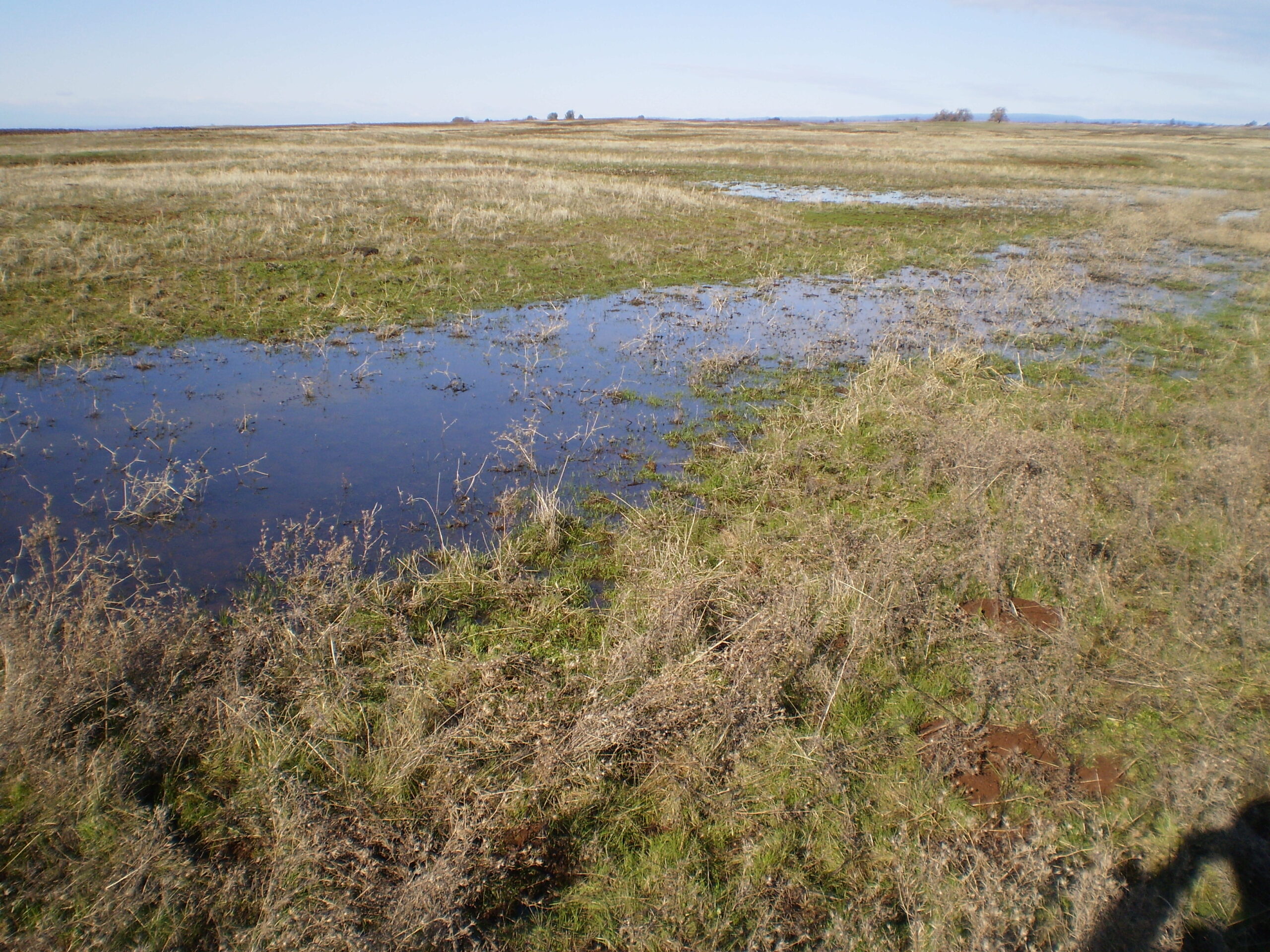Yesterday, the Environmental Protection Agency and Army Corps of Engineers published their proposed rewrite of the “waters of the United States” rule (WOTUS), which determines the extent of federal regulation under the Clean Water Act. The proposal, which limits federal authority compared to prior versions, sets up an important debate: for regulation of every drop of water in the country and the land containing it, where should federal authority end and state primary authority begin?
The earlier rule, crafted during the Obama administration, maximized federal authority. It reasoned that the entire hydrologic system is connected, thus federal regulation should flow upstream all the way to small headwaters that may be dry almost all the time. The new rule focuses federal authority on permanent waters connected to navigable waters, like major rivers, lakes, and ocean.
For decades, the areas covered by federal regulation have been essentially unknowable for the average property owner. Instead, the only way to figure out if your land was subject to federal regulation has been to hire hydrologists and lawyers or ask federal bureaucrats to decide whether your land is covered. “Property owners should be able to stand on their property and be able to tell if a water is federal or not without hiring outside professionals,” Acting EPA Administrator Wheeler argued to E&E News in explaining the narrower rule.
Most of the discussion over the reach of the Clean Water Act obscures the real source of conflict. The statute applies to things that most everyone would recognize as pollution and many things few would. Thus, critics of a narrower rule focus on traditional pollution, imagining someone dumping sludge or motor oil into a stream or wetland. Supporters focus on something else entirely, innocuous land use activities, like plowing a farm or building a home, that get caught up in federal regulation because they affect a marginal wetland or tributary that few could identify.
These two categories are not equivalent and it makes little sense to treat them as if they were. It would be no more sensible to address air pollution by not only regulating emissions but also all above-grade construction (anything built into the air immediately above the earth’s surface). All air may be connected, but that doesn’t mean everything that affects the air is the same.
The best line dividing federal and state authority is likely different for these two categories. That the latter has given rise to most of the conflict over the statute’s reach suggests that the federal role should be narrower here than over traditional pollution.
Yet the opposite is the case. Under the Clean Water Act, authority over water pollution has been largely ceded to the states, subject to EPA’s oversight of the state’s exercise of that authority. Thus, a large company that wishes to dump sludge into a stream can get all the approval it needs from its local state regulator. But authority over “dredge and fill”—activities that move dirt around in a marginal stream or wetland—has been retained by the federal government. Thus, a farmer who wants to plow his field or a family that wants to build a home in a residential subdivision must not only know whether federal regulation applies to her land but also navigate the federal bureaucracy for required permits.
Clear rules and market incentives fare far better for the regulation of such activities. For instance, the Natural Resources Conservation Service discourages the conversion of wetlands for agriculture using incentive payments. Both the agency and the property owner have an incentive to identify wetlands in advance, to avoid later conflict over what the contract covers. In the Clean Water Act context, federal agencies have had the opposite incentive to keep the limits of their authority murky to maximize their flexibility to assert control after the fact. That, ultimately, is why the Clean Water Act continues to generate uncertainty and conflict more than 40 years after its enactment.
Although a narrower WOTUS rule might reduce some conflicts, it will likely generate others. Ultimately, the problem is the failure to distinguish two very different things: pollution and land use. And that’s a problem that requires Congress to reconsider the federal role over land and water throughout the country vis a vis the states.




